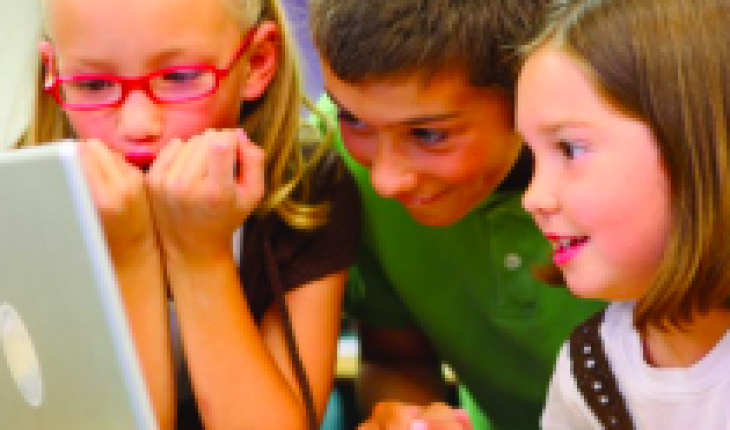
The connectivity revolution. This 2020 seems to be the year in which communication is organized through virtual channels: everything we did face to face today we do through a smartphone, a tablet or a computer, devices that have allowed us to continue our work and activities from the home.
According to the study #EquilibrioDigital, prepared by WOM, internet connection has increased by 67% in this period of confinement. Figures that mark an upward trend and that as users and observers of this phenomenon, we have experienced greater exposure and virtualization of intimacy spaces. Without going any further, this same study indicates that among the most used applications, 90% of the sample highlights those of instant messaging; then the streaming and video ones are located, with 60%, and then social networks with 57%. That is why we need to stay in touch and current in our study, work or relationships that today are indispensable of the internet connection.
Technology has played in our favor on issues such as approaching our loved ones and meaningful figures; continue our studies, and the ability to inform us appropriately; but it is important to understand that it is key to achieve a balance in digital life, to avoid possible bad passes. A sign of this is that the same study reveals that the main use being given to the Internet during confinement is to connect with family and friends, which reached 67% of the answers; followed by watching series and entertaining, which reached 56%, and work, which got 54%. But do parents control their children’s use of the Internet? Only 35% of the parents surveyed claim to do so.
This makes us wonder, what safeguards should we take especially in children now and after the pandemic?
It is momentous to be attentive to the mood swings of our loved ones, particularly in children, so that we can help them. At the moment, the little ones are often overwhelmed and with high levels of anxiety and stress, which is completely expected as an effect of this situation of confinement and uncertainty, so, in addition to taking care of the emotional sphere, it is very important to take care of their relationship with the different virtual practices.
We must be careful with the relationship that our children have been establishing in this period with technology: it is no secret that the hours of connection to which they were authorized have been extended, driven by the need for remote study and social contact. The virtual is the new playground and street to find friends. So it’s important that our children/teens know the risks they have when connecting, the vulnerability of privacy, the contact of adults who might take advantage of their inaperience, etc. In addition, it is important that parents or caregivers be clear that we hope that the internet connection is made from common interaction rooms, avoiding bedrooms and other spaces where we cannot be in constant exchange with children, in this way we will be aware of any change of attitude or reaction that indicates that you may need help or support for some situation.
It is important to monitor the behavior of children and adolescents on the Internet, accompany them in discovering these new ways of interacting, of schooling, of interacting with their peers, so that they are able to ask for help in case they need it or to see others in trouble.
This pandemic has given us a possibility that “in the normal world” very rarely did we have: to be with our children all day to get to know them in a better way and connect with their concerns, interests and passions, so that we can help them and give them better tools to face the current digital world, which helps us so much these days.
The content poured into this opinion column is the sole responsibility of its author, and does not necessarily reflect the editorial line or position of El Mostrador.





